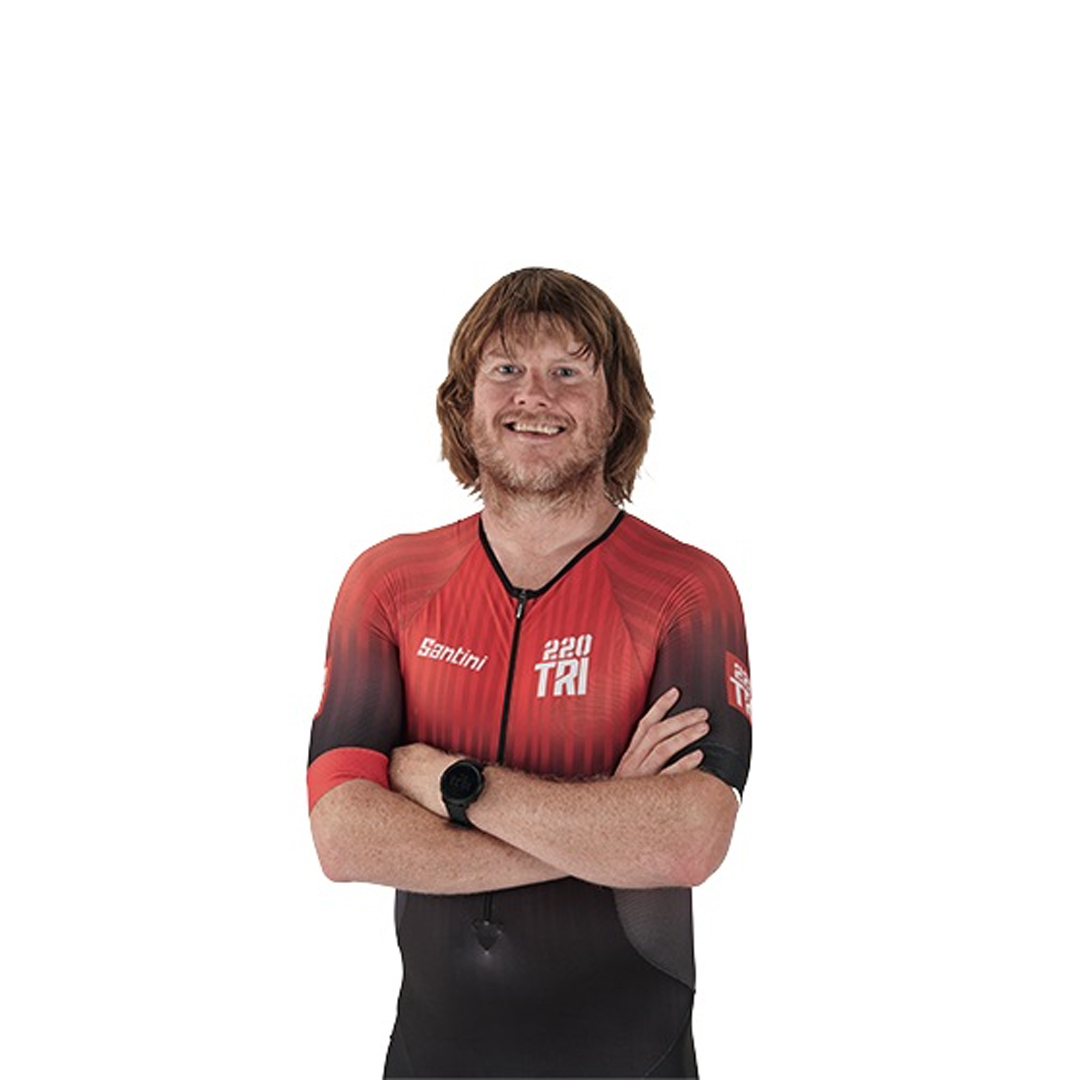Whether we’re competing at a pimply Perranporth Triathlon or a pancake-flat Dorney, many of our training rides require the strength, skills and necessary strategies to peak up (and downhill) as, unless you live in East Anglia, ride long enough and you’ll be heading upwards… and then downwards.
Hills should be an integral part of your training plan. They naturally build strength while bolstering your cardiovascular system. They’re also a psychological win as taming a stiff gradient without losing a lung’s always a confidence booster.
Conquering nature’s dimples forges resilience, too, while snaking a descent like Tom Pidcock (see the Alpe d’Huez stage at last July’s Tour for evidence) not only saves time, but is damn exhilarating to boot.
Right, hopefully you’re convinced of the merits of integrating hills into your rides. Now it’s time to find out how to master the uphills…
How do I get better at cycling uphill?
Should you sit or should you stand? Once again, that’s heavily down to the gradient. If it’s a steep, pitchy climb, you’ll naturally rise out of your saddle to leverage more force through your pedals. If it’s a long, shallow ascent, staying in your saddle’s proven to be more efficient.
Then again, lighter, smaller riders might stray out of their perch more, while heavier, taller riders might look to remain steadfastly to their saddle. Find what works best for you.
Where should I place my hands while cycling uphill?
Your hands should be on your bullhorns or, if there’s room, either side of your stem. On a road bike, they should be on the hoods or the bar-tops. Whatever position, alway have in mind that an efficient climbing technique starts with a relaxed grip.
A relaxed grip means relaxed arms, relaxed shoulders and a relaxed upper body. A relaxed upper body is a still upper body and that equates to minimal wasted energy.
Which gear to use uphill?
Your gear ratio can make or break your climb, especially if you don’t have enough gears to shift through. This puts specific stress on your muscles, which fatigue more rapidly than your cardiovascular system, especially the fast-twitchers.
On the flipside, if you always climb in your lowest gear and it’s a day packed with hills, your legs can also be blown by dimple number three. It’s why something like a 50/34 upfront and a rear-cassette split of 11/32 or 34 is a good option.
How can I bike uphill without getting tired?
When it comes to cadence, often choice should come down to your build. Aerobic, light triathletes might aim to hit around 90rpm on the climbs.
Those who are more muscular and have big, heavy legs should avoid pedalling too fast because gravity’s opposing those heavy limbs on the recovery section of the pedal stroke, causing you to fatigue faster.
Instead, bigger-legged triathletes may be more efficient using a lower cadence of around 70rpm. Ultimately, find what works for you.
But the best way to develop ‘souplesse’ pedalling (a phrase used to describe a fluid pedalling style, that appears almost effortless – think Bradley Wiggins) is to use rollers in training and focus on producing an even whir from them.
Changes in pitch or volume of the noise they’re producing equates to an uneven stroke.
Why do I struggle to cycle up hills?
Strength and stamina matters, but both will unravel if you don’t pace your climb correctly. That’s where either a power meter or heart rate monitor proves their worth. Ascending by a pre-determined number
– as an example, maybe lower than 80-85% of your maximum heart rate – will ensure you don’t blow up.
Arguably a power meter’s best here as the feedback is instant whereas there can often be a lag with heart rate, especially wrist-based sensors.
How can I get faster climbing uphill?
It’s an obvious statement that losing weight – if you need to and done safely – will result in greater climbing speed. But how much faster? Well, it’s a highly individual answer as specifics require exact gradient, length of climb, your power profile, muscle-fibre composition… but the steeper the gradient, the greater the difference.
Should my hill training change as race season approaches?
As race season gets closer, you’ll want to increase the intensity. Find a hill that takes, say, 3mins to climb and ride it so you’re breathing very hard by the top. Then recover for 3mins on the way down before repeating four more times. Try 1min hills too, hitting them hard and repeat five times with 3mins recovery between each.
To improve your power just before racing, include full-on hill sprints in your training programme. Sprint uphill as fast as you can for 12secs, before recovering completely over, say, 3mins. Repeat this six times.
I have no hills where I live, how can I train for a hilly course?
If you live in a flat area, you can simulate hills by riding on a turbo using resistances/gears that force you to increase your level of effort.
Key hill session 1
Use this workout to increase short-term power on your hill climbing. The focus is on increasing the gears, getting out of the saddle and keeping the cadence high.
Start with 20sec bursts followed by 2mins easy spin recovery and gradually build up to doing 10 x 1min climbs; 2mins recovery.
Key hill session 2
“There’s one key workout that will help get you ready for that hilly course without actually having to train on hills,” says Ironman legend Dave Scott. “It’s a VO2 bike workout, which you should complete once a week.”
- 30secs in a bigger gear, seated.
- 1min in a lower gear, so increasing RPMs and spinning the legs faster.
- 2mins in your intended climbing gear.
- 30secs in a higher gear, this time standing.
Top image credit: Donald Miralle/Getty Images
